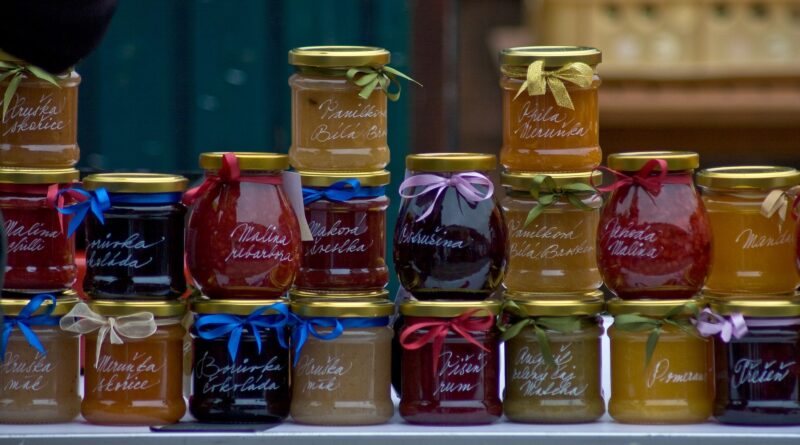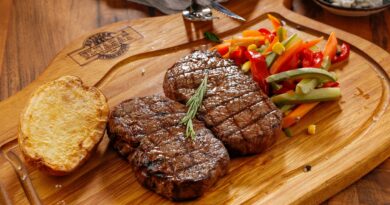The Art of Food Preservation: Techniques for Extending Shelf Life
Preserving food is an age-old tradition that predates refrigeration and modern convenience stores. Our ancestors preserved food to ensure their survival through harsh winters and long voyages. Today, even though we have access to a wide variety of fresh foods year-round, food preservation still holds a significant value. It allows us to extend the shelf life of our food, reduce food waste, and enjoy seasonal produce all year long. Here are some traditional and modern techniques for preserving food:
1. Canning:
Canning is a method of preserving food by processing and sealing it in an airtight container. This technique involves placing foods in jars or similar containers and heating them to a temperature that destroys micro-organisms that cause food to spoil. During this heating process, air is driven out of the jar and as it cools, a vacuum seal is formed. This seal prevents air from going back into the product bringing with it contaminating micro-organisms.
2. Freezing
Freezing is one of the easiest methods of preserving food. The cold temperature slows down the decomposition process by turning water molecules into ice, thereby inhibiting the growth of most bacterial or fungal species. Freezing fruits and vegetables when they’re at their peak can preserve the fresh taste and nutritional content.
3. Drying
Drying, one of the oldest methods of food preservation, involves removing the moisture from food. This inhibits the growth of bacteria, yeast, and mold. Drying can be done naturally in the sun or indoors using a dehydrator or an oven. Fruits, vegetables, herbs, and meat can all be preserved through drying.
4. Pickling
Pickling is a preservation process that uses either an acidic brine or a vinegar infusion. When a food item is pickled, it’s typically immersed in the pickling solution and stored for a certain period. This creates an acidic environment where bacteria cannot thrive. Pickling can also enhance the flavor of the food item, making it a popular method for preserving a variety of fruits, vegetables, and proteins.
5. Fermenting
Fermentation is a process that uses beneficial bacteria, yeasts, or fungi to convert organic compounds – such as sugars and starch – into other compounds like alcohol or acids. These act as natural preservatives. Fermentation not only helps to preserve food but also enhances its nutritional value and flavor. Some popular fermented foods include yogurt, kimchi, sauerkraut, kombucha, and sourdough bread.
6. Smoking
Smoking is a dual-purpose food preservation technique. It combines the effects of slow heat to cook the food, and smoke to add flavor and prevent bacteria and insects from infesting the food. Foods like meat, fish, and cheese are often preserved by smoking.
7. Vacuum Sealing
Vacuum sealing is a method that involves placing items in a plastic film package, removing air from inside, and sealing the package. It’s a great way to extend the shelf life of food and protect it from external elements.
Preserving food is not just a practical way to reduce food waste and save money; it’s also a way to enjoy the bounty of the seasons year-round. Additionally, many preservation methods can enhance the flavor of food, making this a truly delicious endeavor! So why not give it a try? Start exploring the art of food preservation and enjoy the merits.










